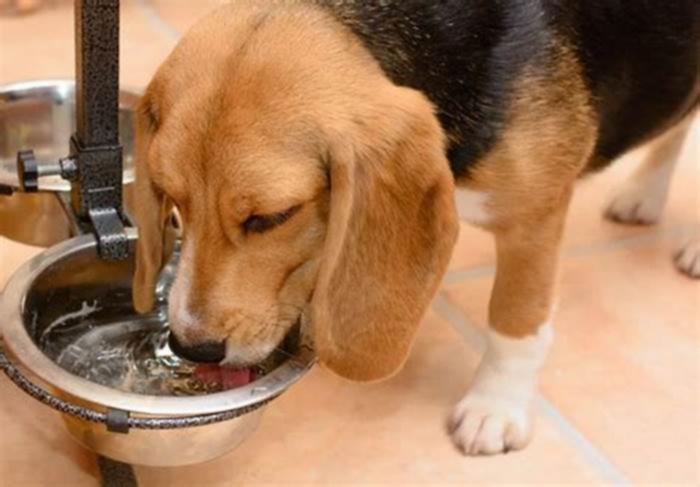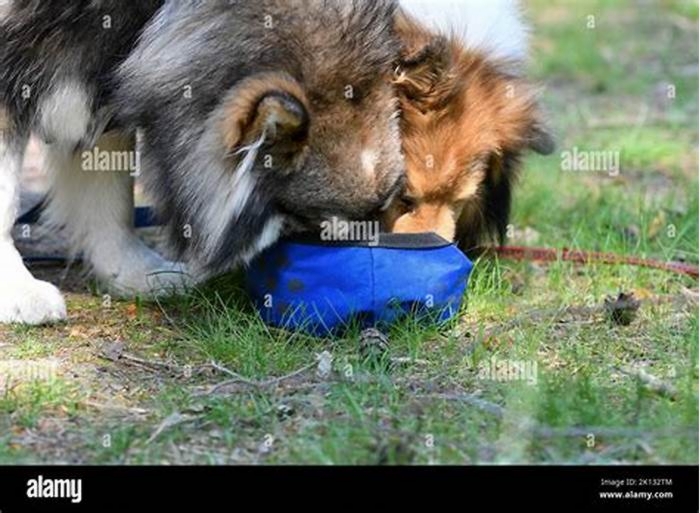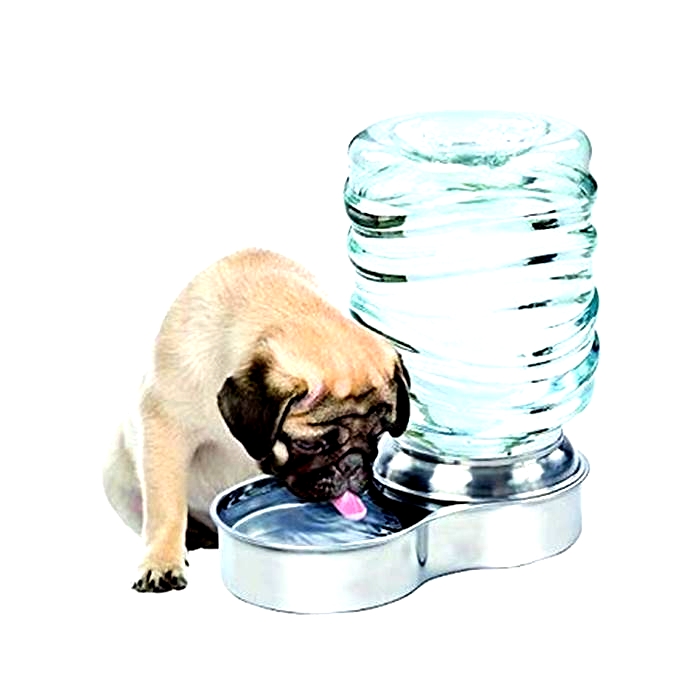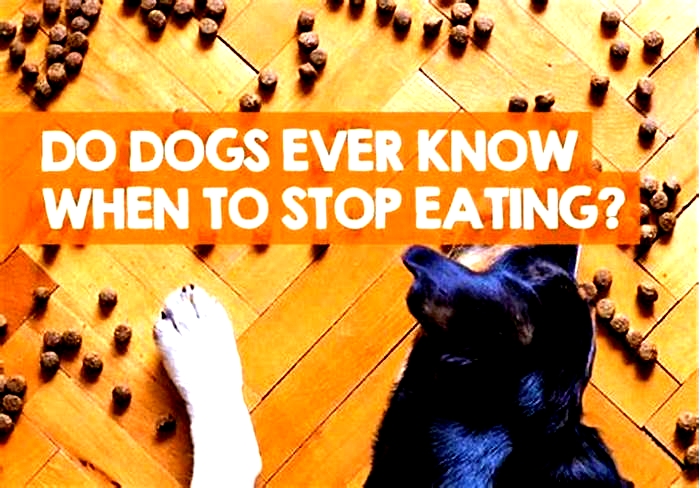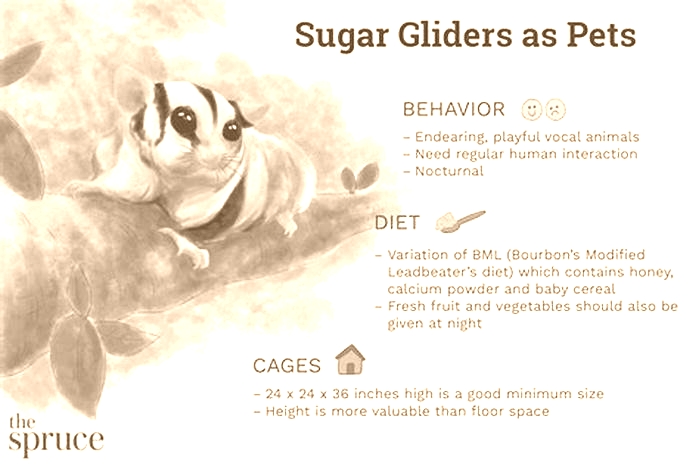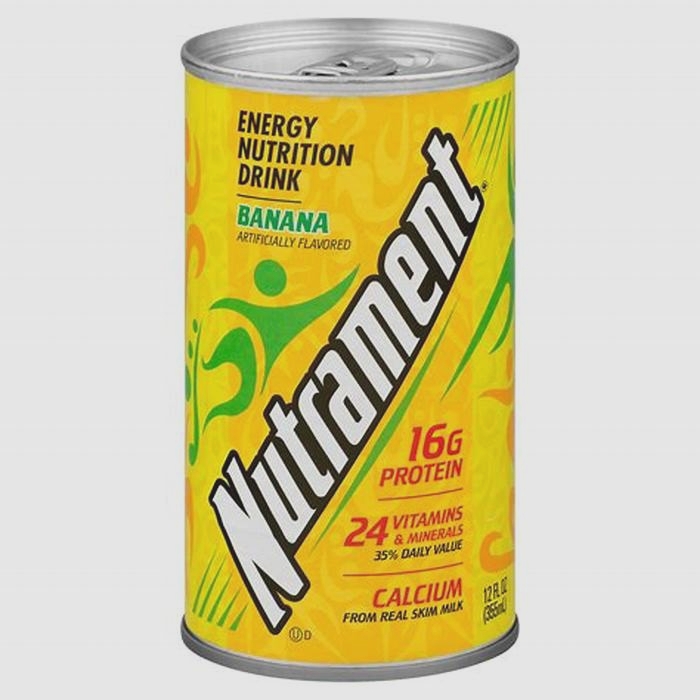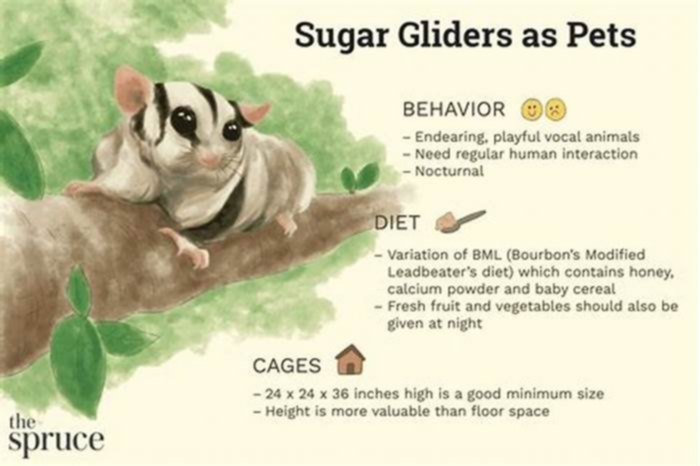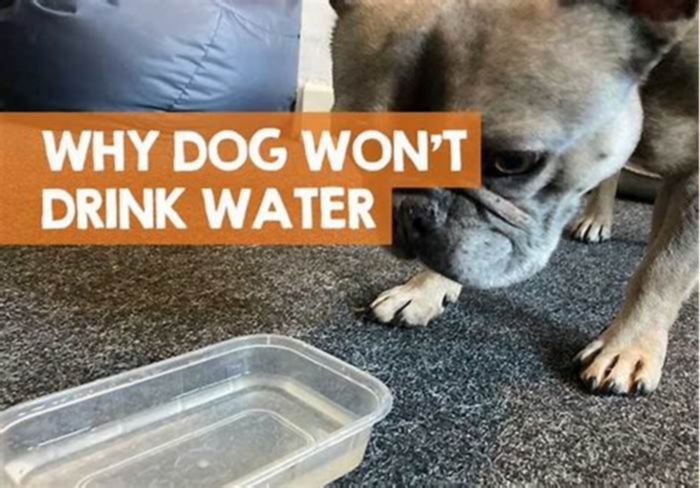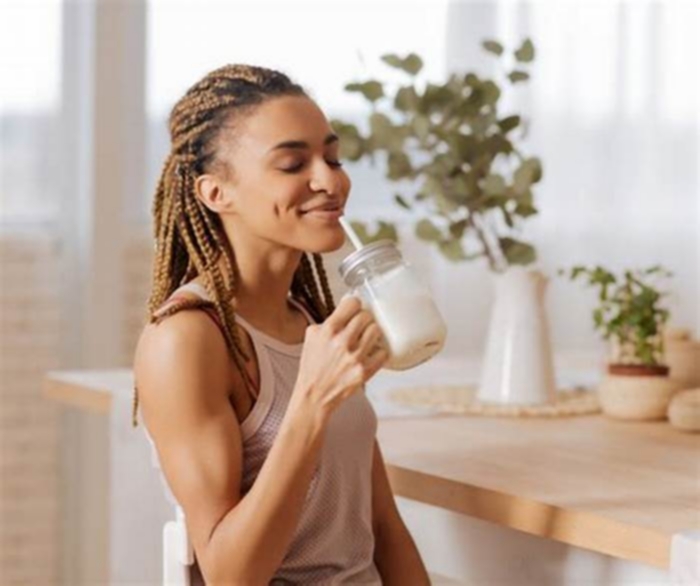Should dogs drink water after eating
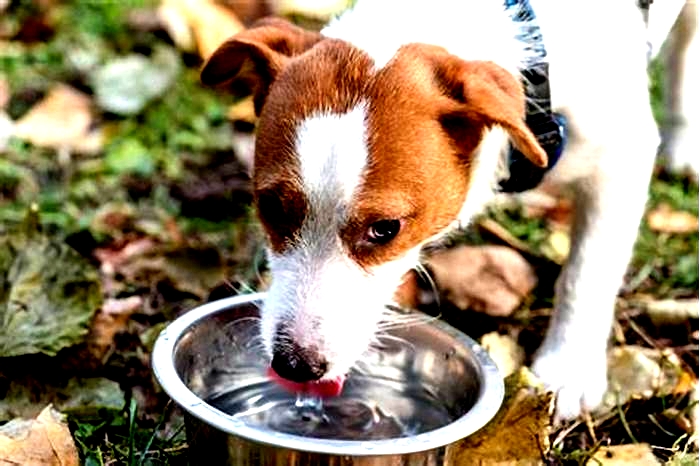
How Long Should I Wait to Take My Dog Out After Eating? A Complete Guide

We all want to do our best to ensure our dogs are healthy and happy. One question that many of us may have is how long we should wait to take our dogs out after they eat? The answer to this depends on a few factors, like the dogs age, health, and normal routine and habits.
It is also important to consider the type of activity you will be doing with your dog after they ate. If you plan on going for a stroll, your hound may be able to go out sooner than if you plan on engaging in more strenuous activity, such as running or hiking. As my own bigger dogs are susceptible to bloat, I typically take them out and feed them in the morning, and we do more strenuous activity, like a hike in the evenings.
Familiarizing yourself with what works best for your pup can go a long way in meeting their needs suitably. In addition to the Canine and Feline Gastroenterology book by Dr. Robert J. Washabahu and Julia Robertson, in her work, Exercising Your Dog: A Gentle & Natural Approach. I have also added some of my experience to answer the question of how long you should wait before taking your dog out after eating.
So, How Long Should I Wait To Take My Dog Out After Eating?
The general guideline for taking a dog out after eating is to wait at least 30 minutes to an hour before engaging in vigorous exercise or activities. However, for young puppies, you can take them out to potty directly after eating, and again after a nap. For older dogs, a waiting period helps reduce the risk of a condition called gastric torsion or bloat.
Bloat can be more common in deep-chested breeds.
The individual personality, size, and health of the pup can play a major role in determining when to take them out. Some hounds may start whining with anticipation to go out after finishing their meal, while others are laid back waiting for you to pick the leash. Nevertheless, it is advised to wait for at least half an hour to let the food settle.
However, there are many mitigating factors to when you take your dog outside after a meal. Going outside to potty after eating is generally good for youngsters and for old or sick dogs that may have trouble controlling their bowels or have a gut issue that is causing them to poop a lot. A good rule of thumb is that if you have a healthy dog, do any strenuous exercise or activity about an hour before they eat, or wait for at least 30 minutes after.
To help you determine the best time to take your dog out after eating, we have created a chart that outlines recommended wait times based on age and breed. This chart can be found below:
| Age | Breed | Recommended Wait Time |
| Puppy | Small | 15-30 minutes |
| Puppy | Medium | 30-45 minutes |
| Puppy | Large | 1-2 hours |
| Adult | Small | 30-45 minutes |
| Adult | Medium | 1-2 hours |
| Adult | Large | 2-4 hours |
| Senior | Small | 30-45 minutes |
| Senior | Medium | 1-2 hours |
| Senior | Large | 2-4 hours |
It is important to note that these recommended wait times are just that recommendations. Some pups may be able to go out for a walk sooner, while others may need more time to digest their food. Some may also need to go out to potty immediately after eating As always, it is important to monitor the behavior of your pup and adjust accordingly.
Ideal Waiting Time After Feeding

Canines, like all animals, need time to digest their food properly. If you take your pup out too soon after you feed your dog, it can lead to discomfort from having a full tummy, especially if they love playing and running after other pets during potty breaks.
To determine the ideal waiting time for your puppy, stick to a consistent feeding schedule. It can help regulate your dogs digestive system and make it easier to determine the ideal waiting time after meals.
Avoid feeding your doggo right before a walk or other physical activity, and make sure you monitor your canine habit after meals. If they appear lethargic or uncomfortable, it may be a sign that they need more time to digest their food before engaging in physical activity.
Factors Influencing How Long To Wait To Exercise Dog After Dinner

When it comes to taking your canine out for a walk after they had a meal, several factors can influence the waiting time. Lets have a look.
1. Dogs Age
The age of your canine can play a significant role in how long you should wait to take them out for a walk after they have eaten. Young puppies have a faster metabolism, which means that food is digested more quickly, and they may need to go outside soon after eating.
However, for older dogs,, it is recommended to wait at least 30 minutes before taking them out for a walk after they have consumed.
Also see our article on when puppies can drink water.
2. Type of Food
The type of food that your dog eats can also influence how long you should hold back. Canins that eat wet food and raw food digest their food more quickly than dogs that eat dry food.
3. Individual Personality & Energy Level
Each pup has a unique personality, and this can greatly affect their post-meal behavior. Some canines may be naturally more energetic, while others may be more laid-back. More high-energy dogs will need more intensive exercise, like a run, than low-energy dogs. Because of this, if you have a high-energy, athletic dog, structure their meal times and exercise time far apart to give them time to fully digest food before you take them out.
On the other hand, if you have a low-energy dog that only needs a light stroll around the block, you can take them out sooner after they eat.
4. Feeding Routine
The pups routine and feeding schedule can impact waiting time. Hounds that are accustomed to specific feeding times may exhibit different behaviors after a meal compared to dogs with irregular feeding schedules.
5. Meal Size and Composition
The size and composition of the meal can influence how a pup feels after eating. Large meals may induce a sense of fullness and lead to longer rest periods, while smaller meals might not have the same effect.
6. Training and Behavior
The training and behavior of a pup play a significant role. Dogs that have been trained to rest or relax after eating may be in the habit of taking a nap after a meal and will not need to go out immediately. On the other hand, pups with high energy levels or those with less training may be more active after a meal and demand to spend time outside.
7. Feeding Time
Feeding time is really the biggest factor that concerns when I take my dogs out after they get their food. In the morning, I take my dogs outside light obedience training and their breakfast. More intense activity takes place in the evenings, long after they have digested their food.
8. Dogs Health Condition
If your pup has a health condition that affects their digestion, you may need to wait longer before taking them out for a walk after they have chewed. For example, pups with gastrointestinal issues may need to wait up to two hours before going for a walk after devouring.
Dangers of Immediate Exercise After Eating
Timing is everything when it comes to taking our canine companion out for a walk. While its important to make sure our dogs get enough exercise, its equally important to consider when we take them out after theyve been fed.
About 25% to 30% of dogs die of bloat. Suppose a dog engages in physical activity too soon after munching. In that case, blood flow is redirected away from the digestive system to the muscles, which can cause digestive problems such as bloating, gas, and even stomach twisting. This is just a precaution, however, because studies dont show a correlation between bloat and dogs exercising after or before they eat.
So the main reason to wait after your dog eats is to give them time to digest their meal. Its the same reason you may not go to the gym for a heavy workout right after eating a big meal. You also want to give them time to digest their food so they can potty outside.
Preventing Bloating and Other Digestive Issues
Preventing bloating (gastric dilatation-volvulus or GDV) and other digestive issues in dogs involves a combination of good feeding practices, regular exercise, and attentive care.
Here are some tips to prevent bloating and other digestive issues:
Feed Multiple Small Meals
A study by PubMed showed that dogs fed one meal a day had lower chances of having gastrointestinal disorders and better health. This is why I feed my adult dogs once a day only.
However, Instead of feeding one large meal a day, consider dividing your dogs daily food intake into two smaller meals may be best for deep-chested breeds at risk of bloat. Dr. Anton Beynan can help prevent overeating and reduce the risk of bloating.
Use Elevated Food Bowls
Elevated food bowls help reduce the amount of air a pup ingests while chewing, potentially decreasing the risk of burping or bloating. However, the use of elevated bowls is a topic of debate, and individual canine preferences and needs should be considered.
Slow Feeding
Some canines chew quickly, which can lead to gulping air. Slow-feed bowls or puzzle feeders can encourage pups to swallow more slowly, reducing the chances of bloating.
Prevent Access to Foreign Objects
Hounds may ingest non-food items that can cause digestive issues. Keep your living space free of small objects that a pup could swallow, and supervise your dog during outdoor activities to prevent them from munching things they shouldnt, such as sticks.
Hydration
Ensure your canine has access to fresh and clean water at all times. Proper hydration is crucial for good digestion.
Monitor for Food Allergies
Be aware of any signs of food allergies or sensitivities. If you notice symptoms such as vomiting, diarrhea, or excessive gas, consult with your veterinarian to determine if a dietary change is necessary.
Regular Vet Check-ups
Schedule regular veterinary check-ups to monitor your pups overall health and catch any potential digestive issues early.
Signs Your Dog is Ready for a Walk After Eating
When it comes to taking your hound out for a walk after ingestion, its important to wait until they are ready. Here are some signs to look out for:
Digestive Sounds
If you hear your dogs stomach gurgling or rumbling, its a sign that their food is still being digested. Wait until these sounds subside before taking them out for a walk.
Restlessness
If your doggy is pacing, whining, or pawing you after consuming, it could be a sign that they need to go outside. Keep an eye on them and take them out as soon as they seem ready.
Looking at You or the Leash
If your mutt looks at you, the leash, or leaning on the door after their meal, it could indicate that they are ready for a walk. This may show that they associate eating with the upcoming walk.
Playful Behavior
When your hound engages in play or play-bows after munching, it might be a good time to take them for a walk. Playful behavior can indicate that your mutt is feeling good and ready for activity.
Bathroom Behaviors
Keep an eye on your pups bathroom habits. If theyve gone to the bathroom since munching, they may be ready for a walk. If not, wait until they do before taking them out. Or you may need to take them out to potty after eating.
Its important to note that every hound is different, and some may need more time to digest their food than others.
However, it is always better to err on the side of caution and wait until your canine companion is showing clear signs that theyre ready for a walk.
Frequently Asked Questions (FAQs)
How long should I wait to walk my dog after eating?
It is recommended to wait at least 30 minutes to an hour after your dog eats before taking them for a walk. This will help prevent digestive issues and discomfort for your furry friend.
When can I take my dog out after drinking water?
You can take your pup out for a walk after they drink water, but it is best to wait at least 10 to 15 minutes to prevent them from getting an upset stomach.
Is it safe for dogs to run after eating?
No, it is not safe for hounds to run or engage in vigorous exercise immediately after eating. This can cause digestive issues and even lead to a potentially life-threatening condition like bloat.
Should I let my dog drink water after eating?
Yes, you can let your canine drink water after eating. In fact, providing access to water is crucial for your dogs overall health and well-being. This will also help prevent them from getting an upset stomach.
When can my dog play after eating?
It is recommended to wait at least 30 minutes to an hour after your hound eats before engaging in any playtime activities. This will help prevent digestive issues and discomfort for your furry friend.
How long after eating will my puppy poop?
Generally, you can expect a puppy to need to poop within 15-30 minutes after eating. However, every puppy is different, so it is important to pay attention to your puppys individual needs and schedule.
Conclusion
It is recommended that you wait at least 30 minutes to an hour after your canine has eaten before taking them out for exercise or a walk. This will help to reduce the risk of digestive issues, such as bloating or stomach twists, which can be life-threatening for your pup.
It is important to note that the exact amount of time you should wait may vary depending on your dogs breed, age, and overall health. It is always a good idea to consult with your veterinarian to determine the best course of action for your pup.
In addition to waiting after meals, it is also important to ensure that your dog is properly hydrated before and during exercise. Always bring water with you on walks or hikes, and encourage your hound to drink regularly.
Remember, taking the time to care for your mutts health and well-being properly will lead to a happier and healthier life for both you and your furry friend.
Meet Your Experts
Tamsin De La Harpe
Author
Tamsin de la Harpe has nearly two decades of experience with dogs in rescue, training, and behavior modification with fearful and aggressive dogs. She has worked closely with veterinarians and various kennels, building up extensive medical knowledge and an understanding of canine health and physiology. She also spent two years in the animal sciences as a canine nutrition researcher, focusing on longevity and holistic healthcare for our four-legged companions.Tamsin currently keeps a busy homestead with an assortment of rescue dogs and three Bullmastiffs.
Tamsin de la Harpe has nearly two decades of experience with dogs in rescue, training, and behavior modification with fearful and aggressive dogs. She has worked closely with veterinarians and various kennels, building up extensive medical knowledge and an understanding of canine health and physiology. She also spent two years in the animal sciences as a canine nutrition researcher, focusing on longevity and holistic healthcare for our four-legged companions.Tamsin currently keeps a busy homestead with an assortment of rescue dogs and three Bullmastiffs.

